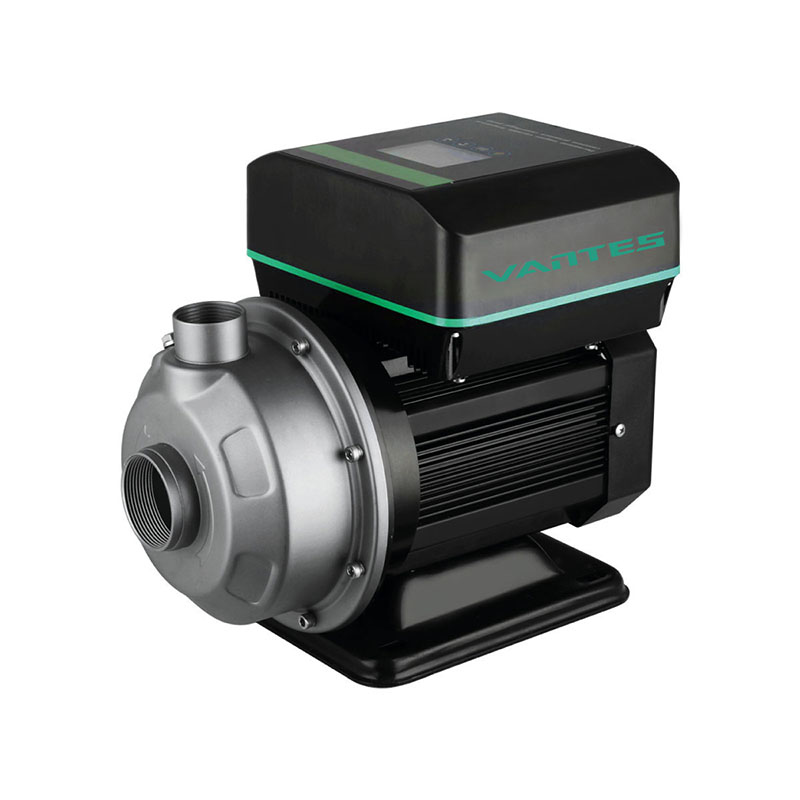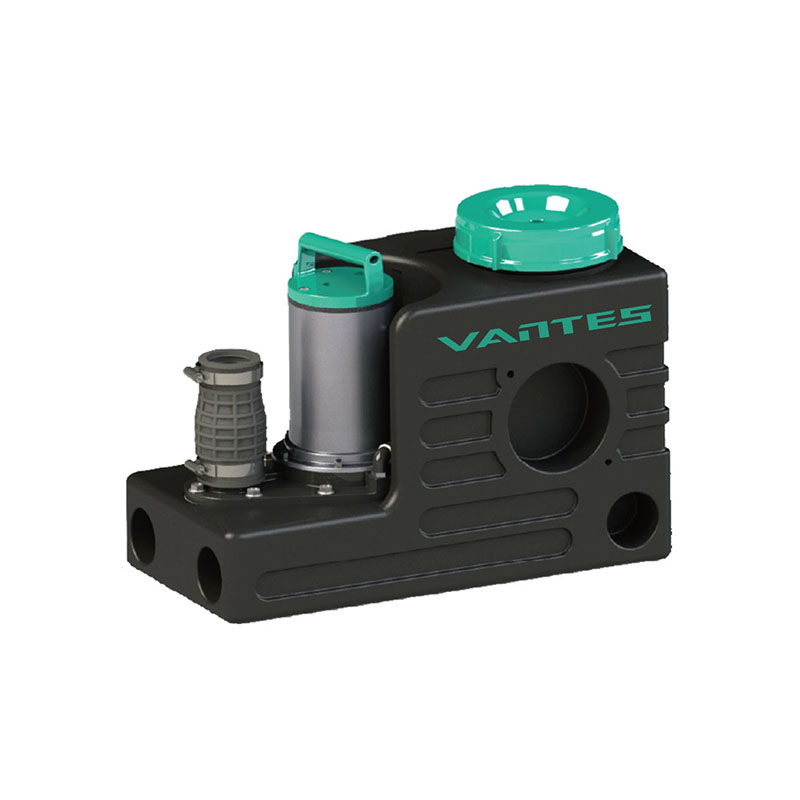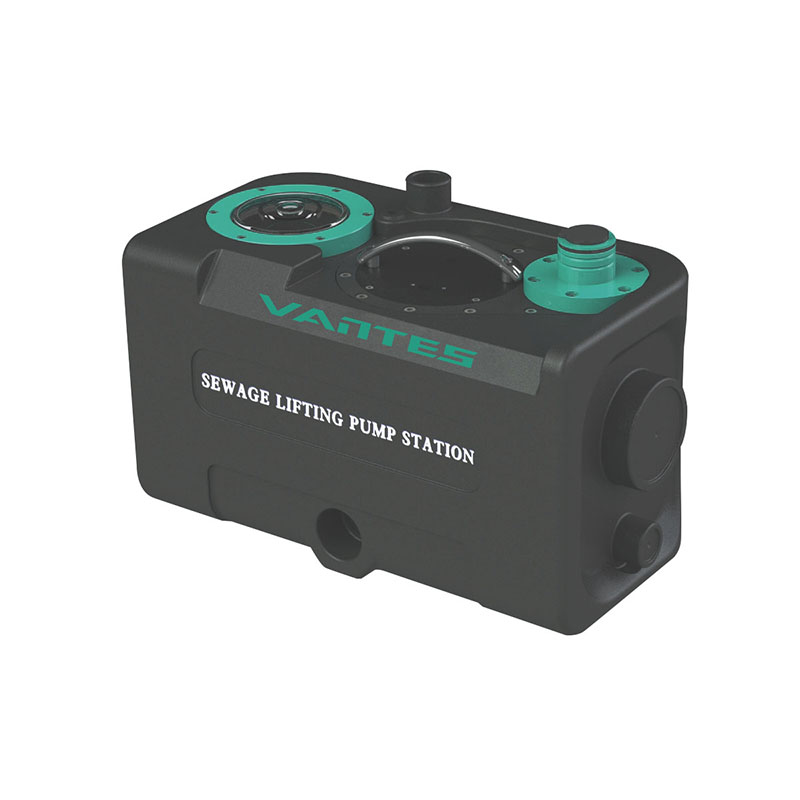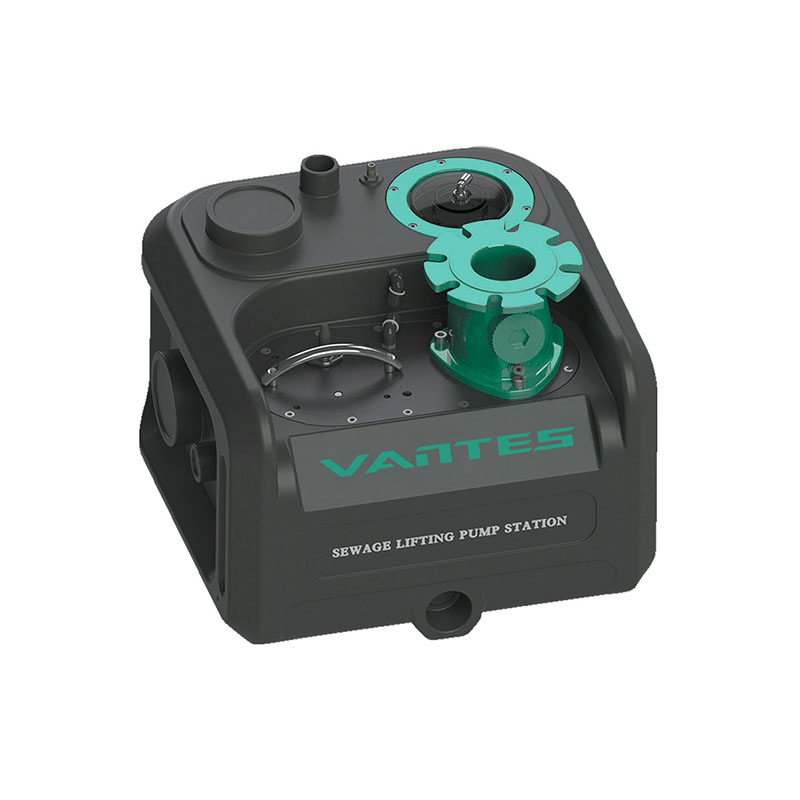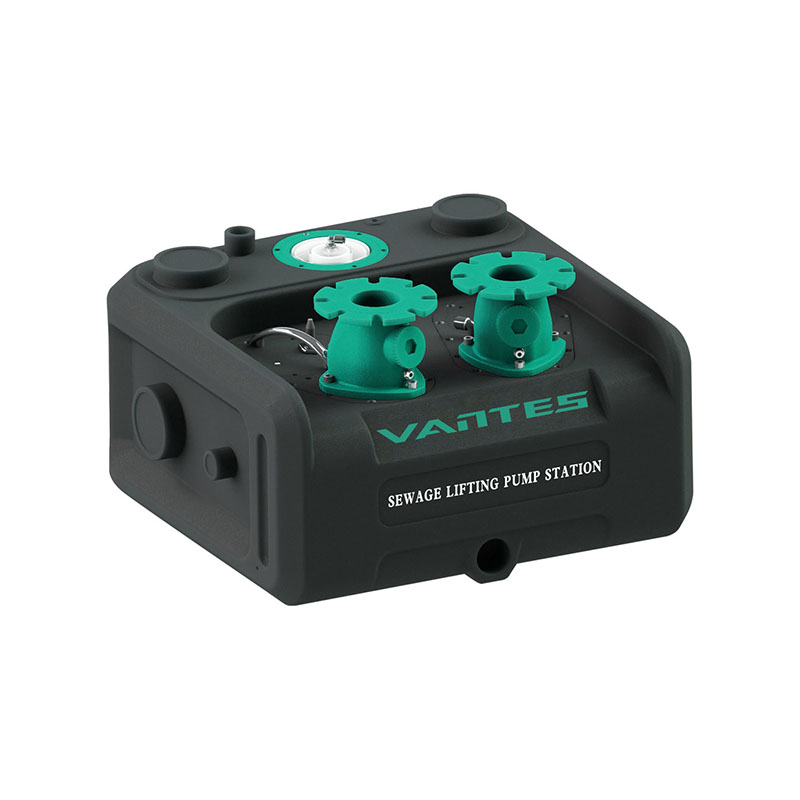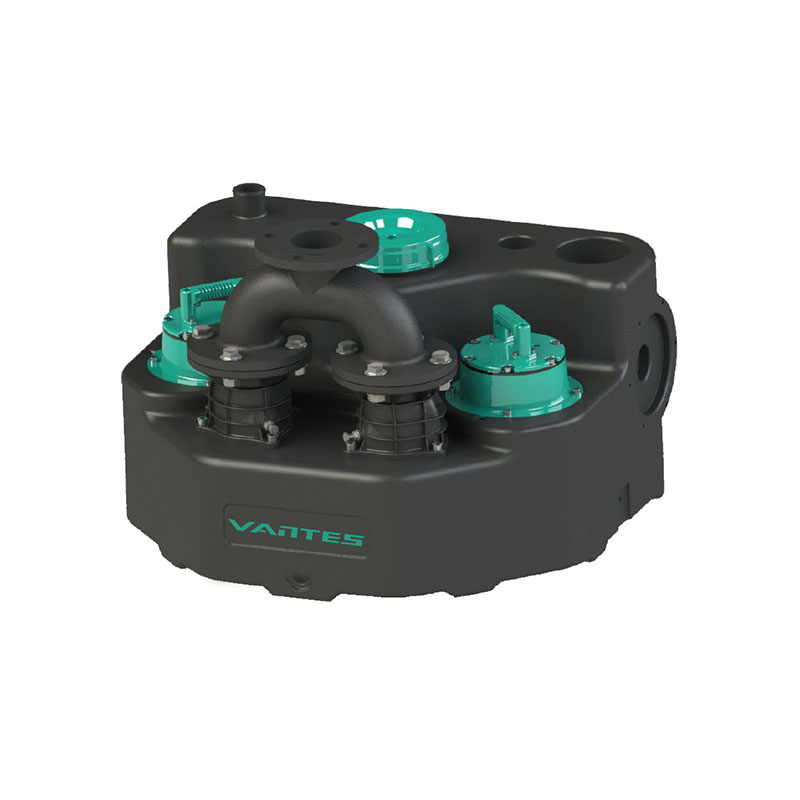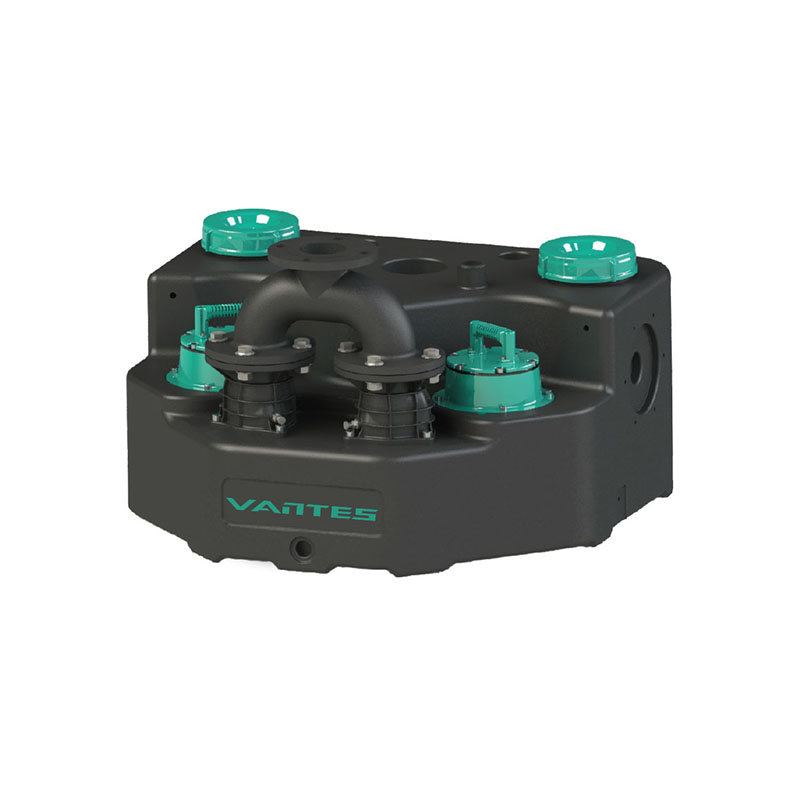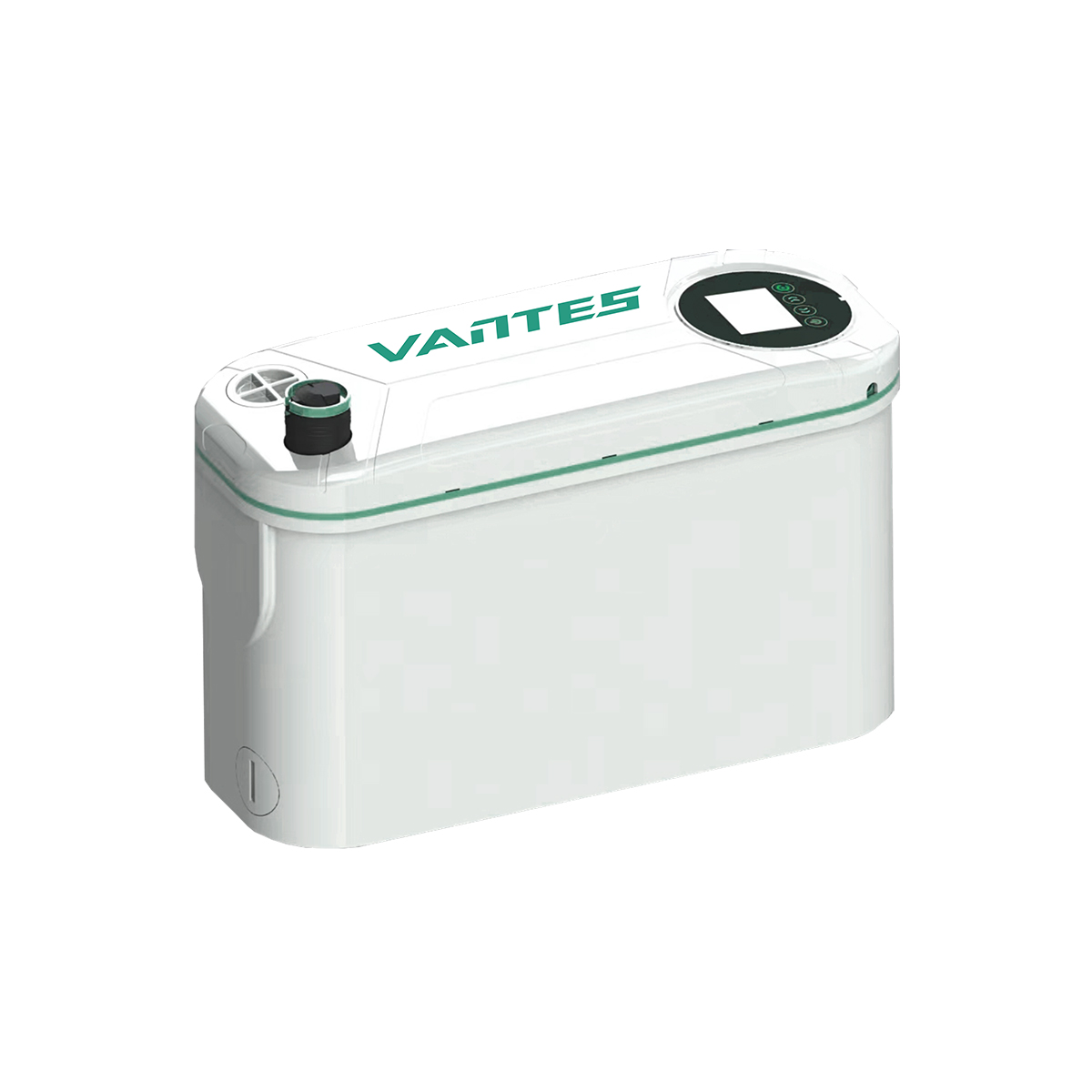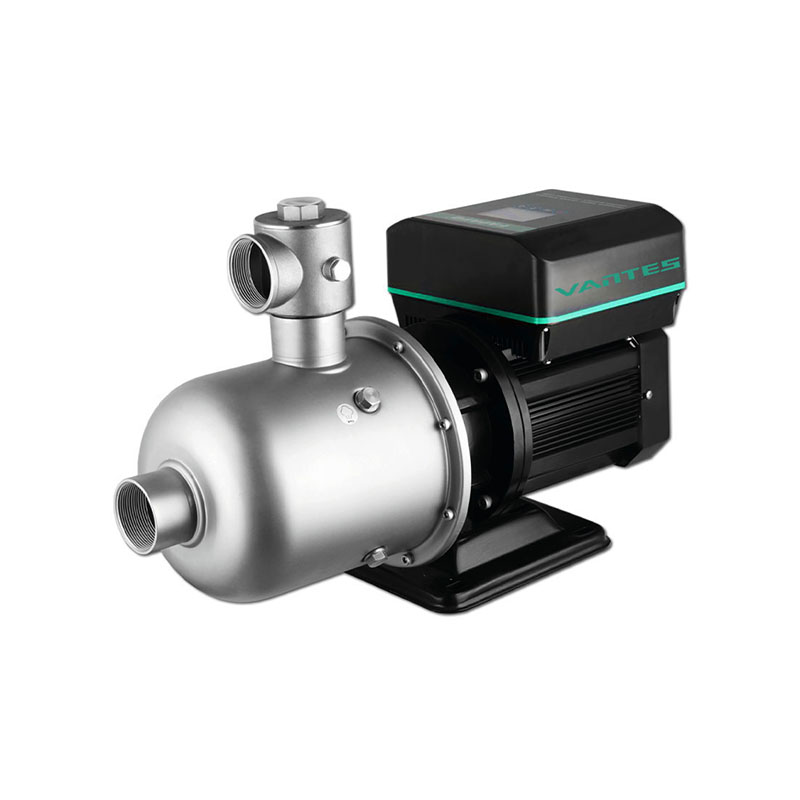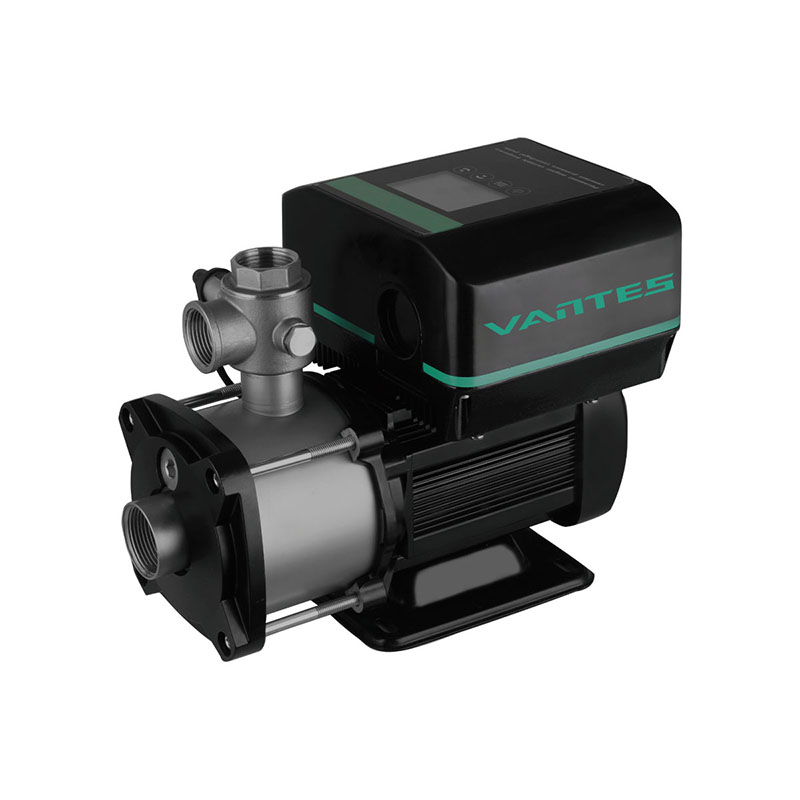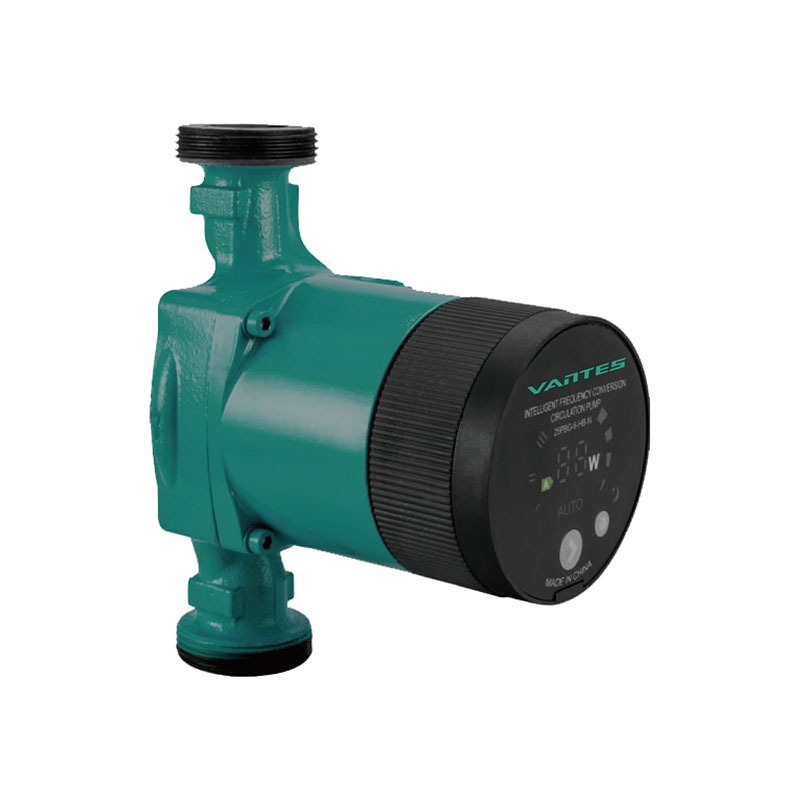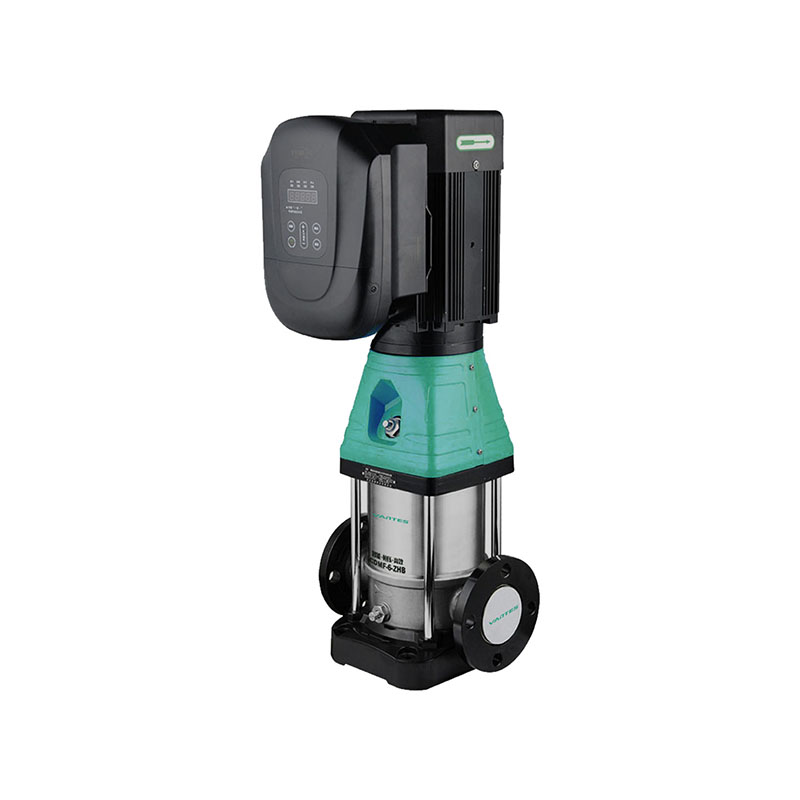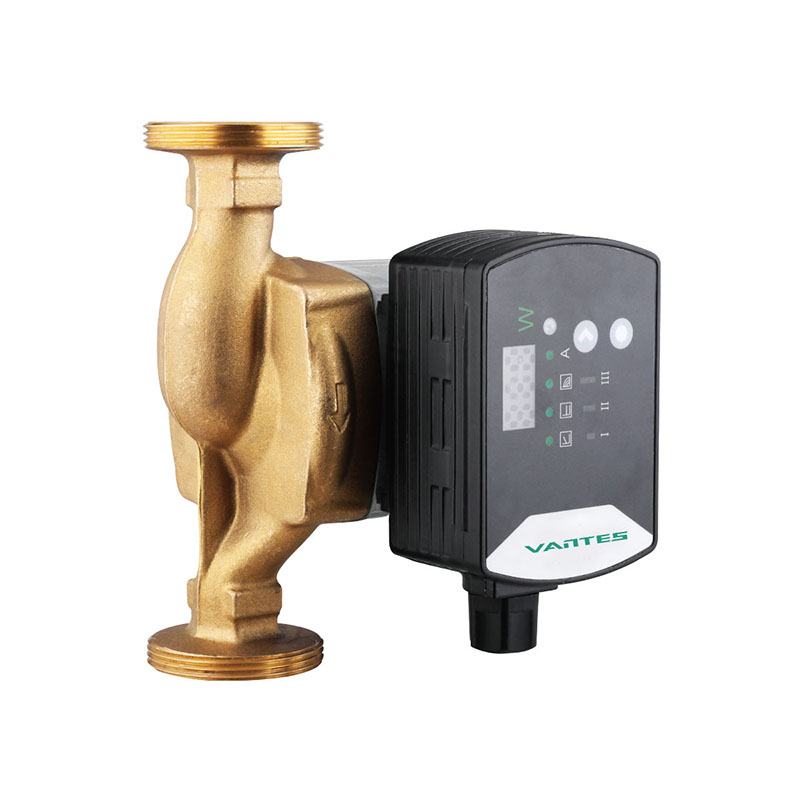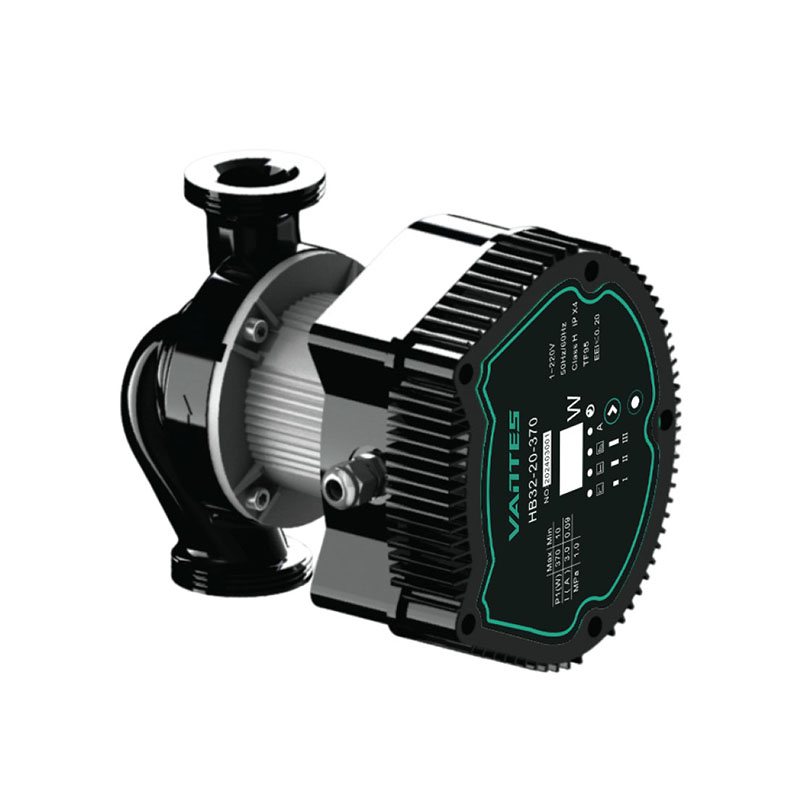As urbanization accelerates globally, effective management of sewage and wastewater becomes increasingly crucial. Among the technologies supporting efficient wastewater management, the sewage lifting pump plays a pivotal role in ensuring that sewage is effectively transported, even in challenging environments. These pumps are specifically designed to lift sewage from lower levels to higher points in the sewage system, ensuring proper flow to treatment plants or disposal areas. With the growing need for reliable and cost-effective wastewater management solutions, sewage lifting pumps have emerged as essential equipment in municipal, industrial, and residential applications.
What Is a Sewage Lifting Pump?
A sewage lifting pump, also known as a sewage pump or effluent pump, is a type of pump designed to move sewage or wastewater from a lower elevation to a higher one, overcoming gravitational challenges. These pumps are typically used in areas where sewage lines or systems cannot be sloped adequately to allow the natural flow of waste to treatment plants or septic systems. Sewage lifting pumps are often installed in lift stations, which act as intermediate pumping stations that move wastewater from lower areas to higher, gravity-fed sewage systems.
These pumps are specifically engineered to handle raw sewage, which often contains a mix of solid waste, liquids, and debris. They come in a variety of sizes and configurations, with some models designed for residential use and others built for large-scale industrial or municipal applications. Sewage lifting pumps typically feature robust construction and powerful motors, enabling them to handle the demanding nature of wastewater and sewage transport systems.
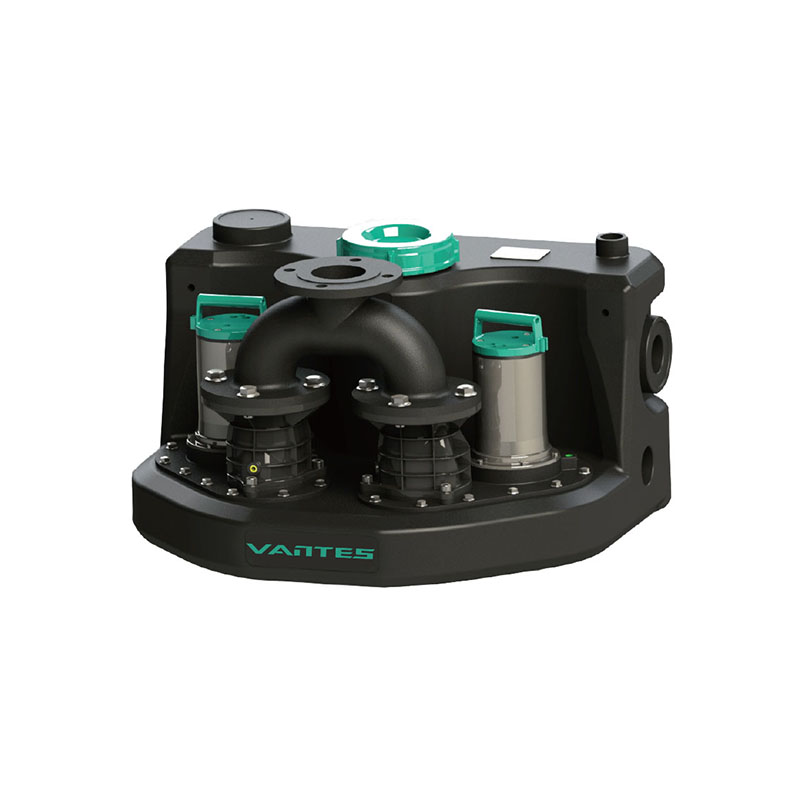
Key Benefits of Sewage Lifting Pumps
Sewage lifting pumps provide several critical advantages to municipalities, industries, and residential properties, making them a crucial element of modern wastewater infrastructure. The key benefits of these pumps include:
1. Improved Wastewater Flow
One of the primary functions of sewage lifting pumps is to maintain continuous wastewater flow, particularly in areas with insufficient gravity drainage. Without the assistance of sewage lifting pumps, wastewater would accumulate, potentially to blockages, backups, or untreated sewage entering natural water bodies. Sewage lifting pumps facilitate smooth and uninterrupted flow, ensuring that sewage is effectively transported to treatment facilities or disposal areas.
By lifting the sewage to a higher elevation, these pumps enable wastewater systems to function efficiently, even in challenging terrains or locations with unfavorable topography. This capability is essential for urban areas with complex infrastructure or regions where the natural flow of sewage is hindered by geographical factors.
2. Versatility in Applications
Sewage lifting pumps are used in a wide range of applications, from residential septic systems to large municipal treatment plants. In residential settings, they can be installed in basements or lower areas where gravity drainage is not feasible, ensuring that sewage is pumped to the appropriate sewer lines. In industrial settings, sewage lifting pumps are crucial for managing wastewater generated during manufacturing processes or in facilities with low-lying wastewater collection points.
Municipalities also rely on sewage lifting pumps in lift stations that serve as intermediary points to pump sewage from homes and businesses to larger, gravity-based sewage systems. These versatile pumps can be adapted for various scenarios, providing tailored solutions for both small and large-scale sewage management needs.
3. Enhanced Operational Efficiency
Sewage lifting pumps are designed for performance, offering high levels of energy efficiency and reliability. By utilizing energy-efficient motors and advanced pump technology, these systems can transport sewage effectively while minimizing operational costs. Energy savings are particularly important in large-scale sewage systems, where the energy consumption of multiple pumps can add up over time.
Additionally, modern sewage lifting pumps are equipped with monitoring systems that track performance in real time, helping operators identify potential issues before they lead to system failures. The ability to monitor parameters such as pressure, flow rate, and motor temperature ensures that the pump operates within conditions, minimizing wear and tear and extending the life of the equipment.

